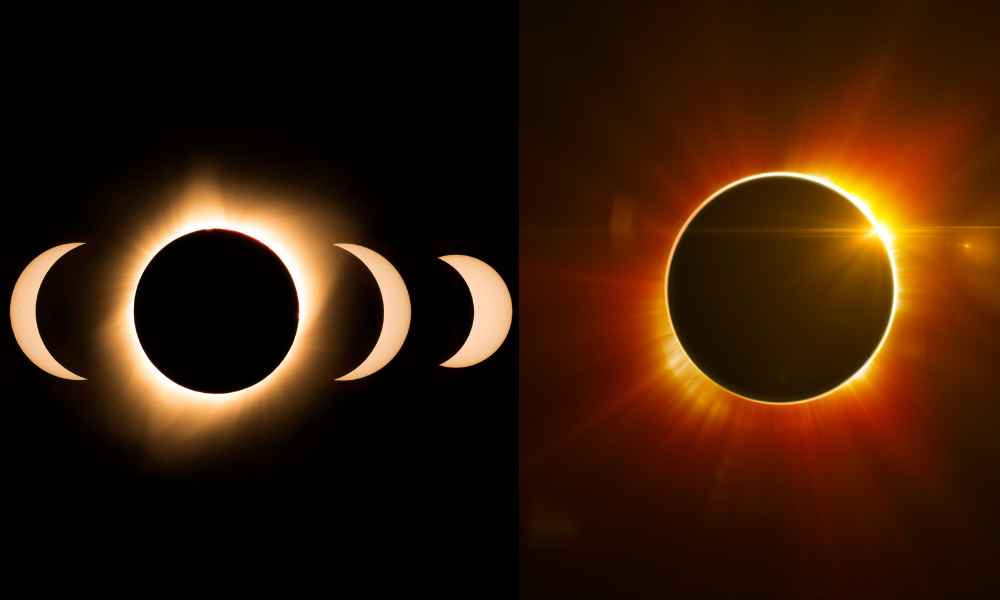On April 25, 2024, China launched the Shenzhou-18 spacecraft, sending three taikonauts on a six-month mission to the Tiangong space station. Over these six months, the crew completed more than 90 scientific experiments in orbit. One of the unique tasks they tackled involved setting up an aquarium to breed fish in zero gravity, which is a record-breaking experiment.
When the mission ended, the Shenzhou-18 successfully returned to Earth, bringing back 34.6 kilograms of research samples. These samples included microorganisms, alloy materials, and nanomaterials, which are difficult to create on Earth’s surface due to gravity and other environmental limitations. The Science and Technology Daily shared this update on Monday.
Imagine fish moving freely in a zero-gravity tank, drifting through floating water in space. This remarkable experiment marks a major moment in science. It hints at the possibility of humans someday living in space, where they might even rely on fresh food sources like fish. Dive deeper into this fascinating experiment by reading further and discovering how this milestone could shape the future of space living.
Overview of the Shenzhou 18 Mission
China was set to launch the Shenzhou-18 human-crewed spacecraft from the Jiuquan Satellite Launch Center in Northwest China at 8:59 pm on April 25, 2024. This mission was announced by the China Manned Space Agency (CMSA) on April 24, 2024. The crew includes Ye Guangfu, Li Cong, and Li Guangsu, and Ye Guangfu took the role of mission commander.
Shenzhou-18 marks China’s first crewed mission of the year and is the seventh group of taikonauts to work on the Tiangong Space Station since its construction. It also stands as China’s 32nd human-crewed space mission. Ye Guangfu, a seasoned taikonaut from the second batch of astronauts, has previously flown on the Shenzhou-13 mission. Li Cong and Li Guangsu, selected from the third batch of taikonauts, are on their first space mission. All three astronauts were born in the 1980s.
After the mission, the Shenzhou-18 spacecraft’s return capsule, carrying three taikonauts, successfully landed at the Dongfeng site in Inner Mongolia, China, at 1:24 a.m. Beijing time on Monday, November 4, according to the China Manned Space Agency (CMSA). By 2:15 a.m., all three crew members, Ye Guangfu, Li Cong, and Li Guangsu, had safely exited the capsule. The taikonauts spent a total of 192 days aboard China’s Tiangong space station, orbiting above Earth.
A medical team on-site conducted an initial health check and confirmed that each taikonaut was in good condition. Later, CMSA declared the mission a success.
Record-Breaking Achievements by Ye Guangfu
Ye Guangfu also set a historic milestone by becoming the first Chinese astronaut to log over one year of total time in space across missions, setting a new record for China. Working closely with researchers on Earth, he and his team conducted numerous experiments in areas like microgravity physics, space materials science, space life sciences, aerospace medicine, and aerospace technology.
Scientific Experiments and Research Outcomes
One of their unique tasks was to set up a small “aquarium” to raise fish in zero gravity. This aquarium, holding 1.25 litres, houses four small zebrafish and algae (Ceratophyllum demersum) plants, creating a simple aquatic ecosystem.
The experiment aimed to observe how space conditions impact their growth and ecosystem balance. If successful, this experiment could be a major step toward raising vertebrates in space. In the future, astronauts could even enjoy fresh fish as a food source while in orbit.
In this experiment, the crew grew over 100 Arabidopsis seeds in space for about four weeks. Afterwards, they froze the plants at minus 80 degrees Celsius to preserve them. Then, they brought the samples back to Earth for deeper study.
Alongside the plant and fish experiments, the team explored molecular research into the origins of proteins, nucleic acids, and codons. They also tested a new coating material for spacecraft. Additional tasks include installing protective equipment against space debris and handling equipment mounted outside the station.
Also, the spacecraft returned with scientific samples that included 55 different types from 28 research projects. These projects cover various fields, including space life sciences, materials science, and microgravity combustion science. Among the life science samples are methane-producing archaea, radiation-resistant microbes, and microorganisms found in rocks. Researchers expect these samples will help them study whether extraterrestrial environments could support life and how microorganisms can adapt to the harsh conditions of space.
The samples brought back by the spacecraft include high-temperature resistant alloys, fibre optics, and optical coatings. These advanced materials could transform how we make next-generation aerospace turbine blades, space-ready fibre lasers, and precision medical tools. Additionally, the spacecraft returned nanoparticles created from methane combustion. Scientists plan to use these nanoparticles to help produce important materials needed for future missions in space environments.
Also, Wang Yanan, chief editor of Aerospace Knowledge magazine in Beijing, explained that the space experiments involve two main steps. First, researchers conduct experiments on the space station. Then, they analyze the data, summarize it and send it to the Earth.
The final analysis and conclusions depend on specialized teams on the ground. These teams work in fields like zoology, botany, medicine, and life sciences. Their job is to validate the data and develop new theories or technologies. Therefore, both the experimental data and samples must return to Earth for thorough evaluation and research.
Future Prospects for the Tiangong Space Station and Chinese Space Exploration
The public is paying more attention to taikonauts, and China’s manned space program is becoming more connected to everyday people. Yang Liwei, China’s first taikonaut and now the deputy chief designer of the manned space program, shared this insight on China’s Space Day.
He stated that it is no longer a technical challenge for regular people to travel into space. Yang believes that as the space project advances, ordinary people will eventually be able to travel to space. This will require only a brief training period and good physical condition. He envisions a future where these individuals can gaze upon Earth from space and appreciate the vastness of the universe.
China plans to keep the Tiangong space station permanently occupied and operational for at least ten years. Tiangong is about 20% the size of the International Space Station. Also, recently, officials announced their plans to expand Tiangong by adding three new modules, which will create a double T-shape design.
Additionally, China aims to launch a Hubble-class space telescope into orbit. This telescope will be able to dock with Tiangong for maintenance and repairs, enhancing the capabilities of the space station.
Conclusion
The Shenzhou 18 Mission marked a historic achievement for China’s space program, demonstrating progress in space life sciences and materials research. By successfully breeding fish in zero gravity and returning valuable samples, this mission showcased the potential for sustaining life in space. With 192 days in orbit, the mission also set new records, particularly for astronaut Ye Guangfu, who exceeded one year of cumulative space-time. As China plans to expand the Tiangong space station, missions like Shenzhou 18 bring humanity closer to long-term space living and exploration.
Read More:
- Butch Wilmore and Sunita Williams Stuck in Space
- Scientists Found First Lunar Cave That Could Shelter Future Explorers










